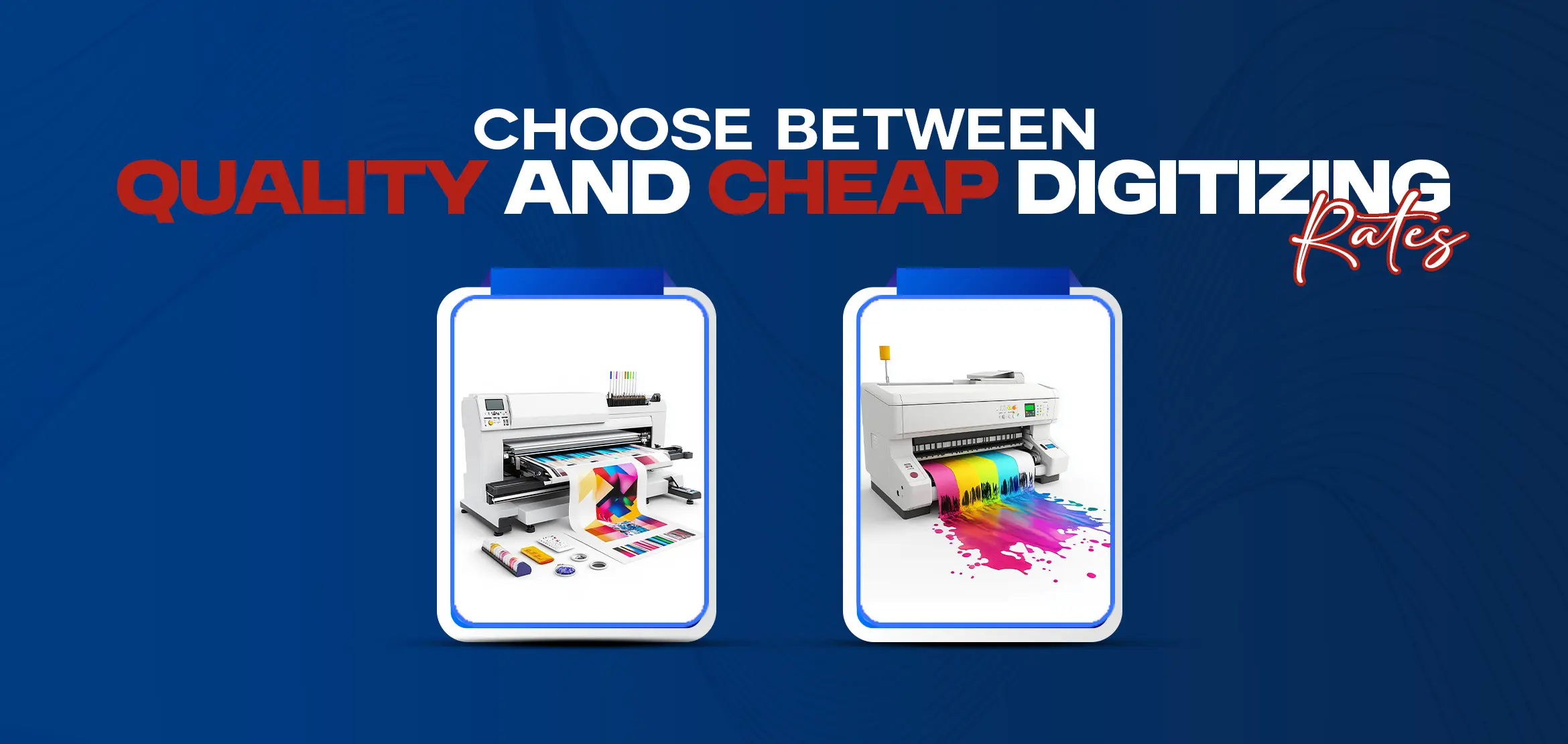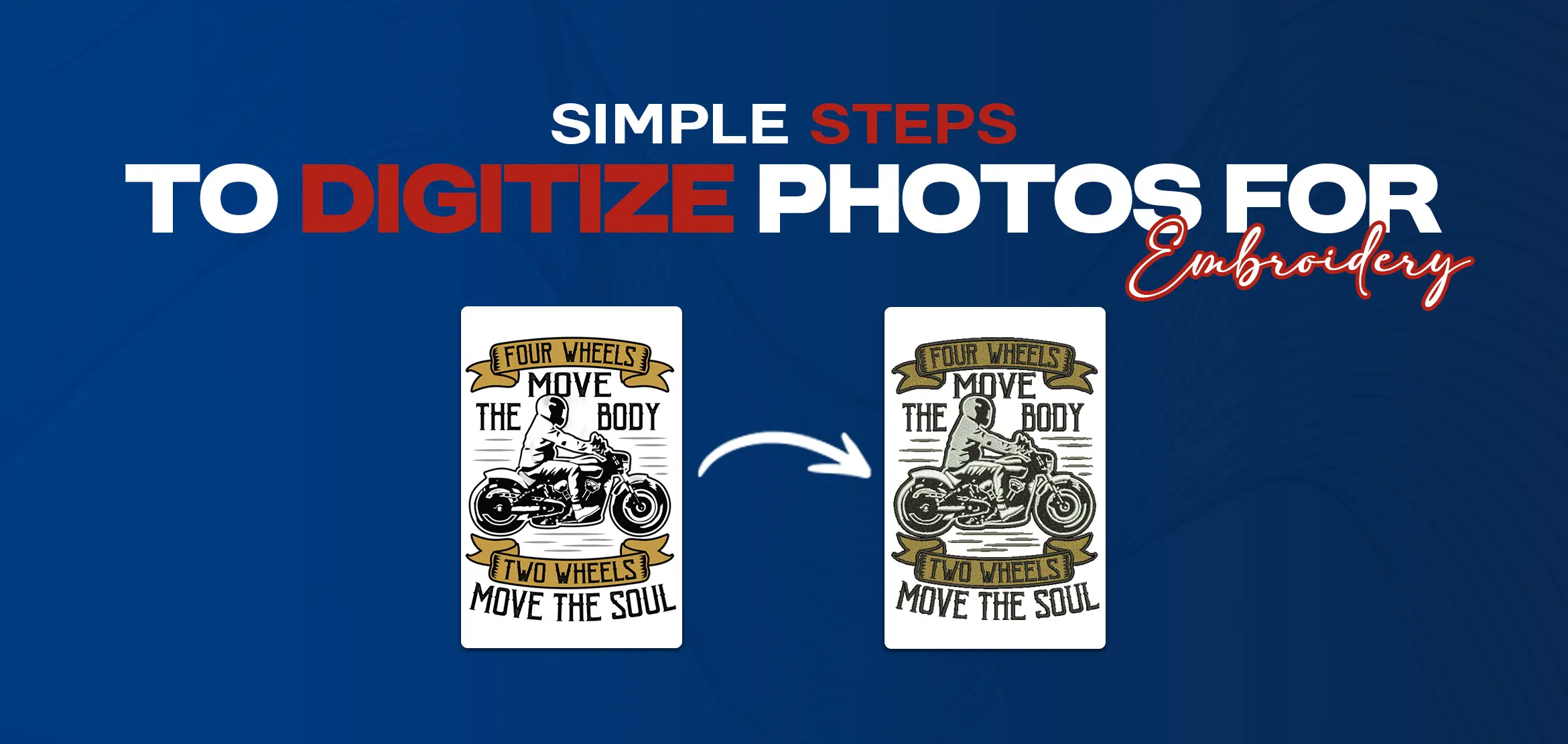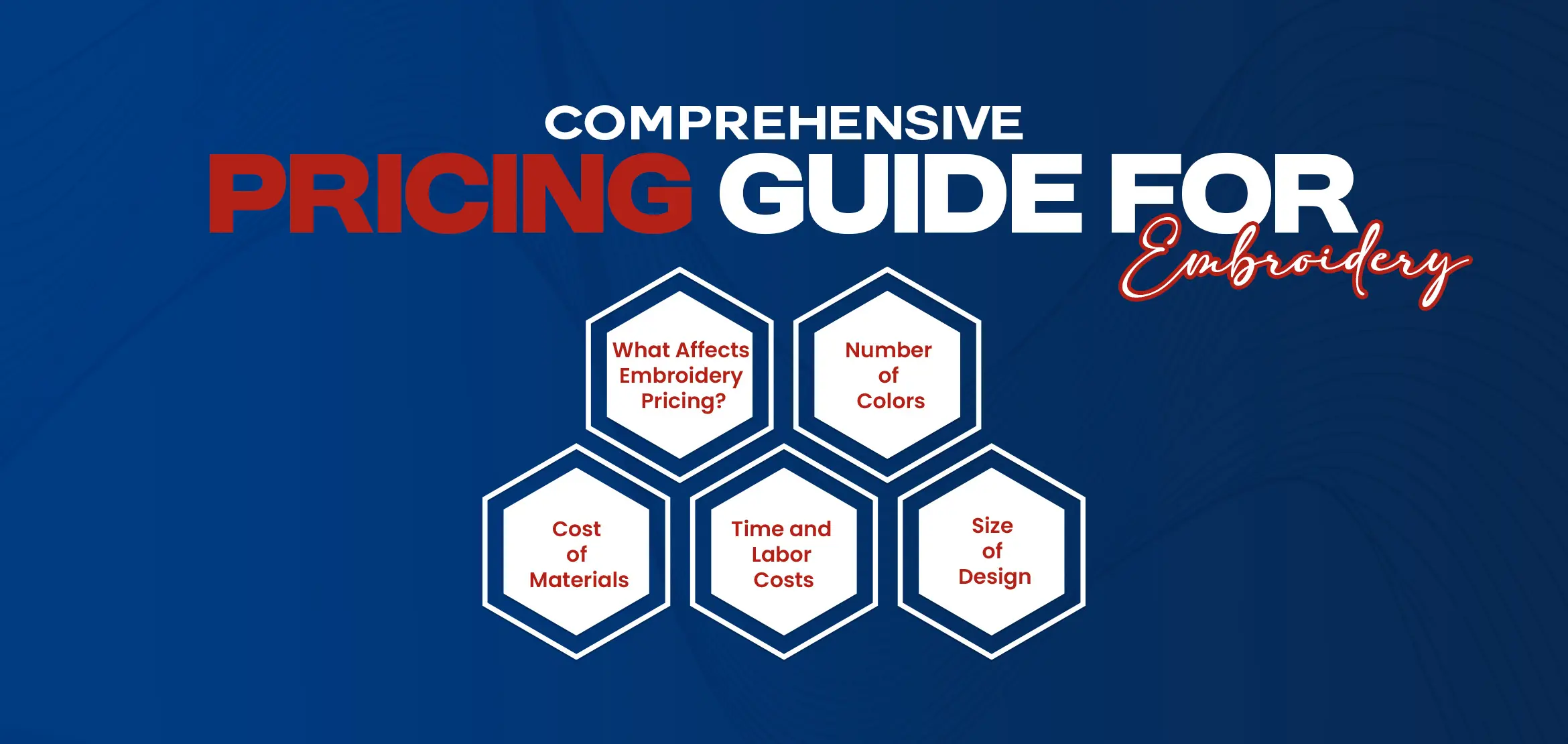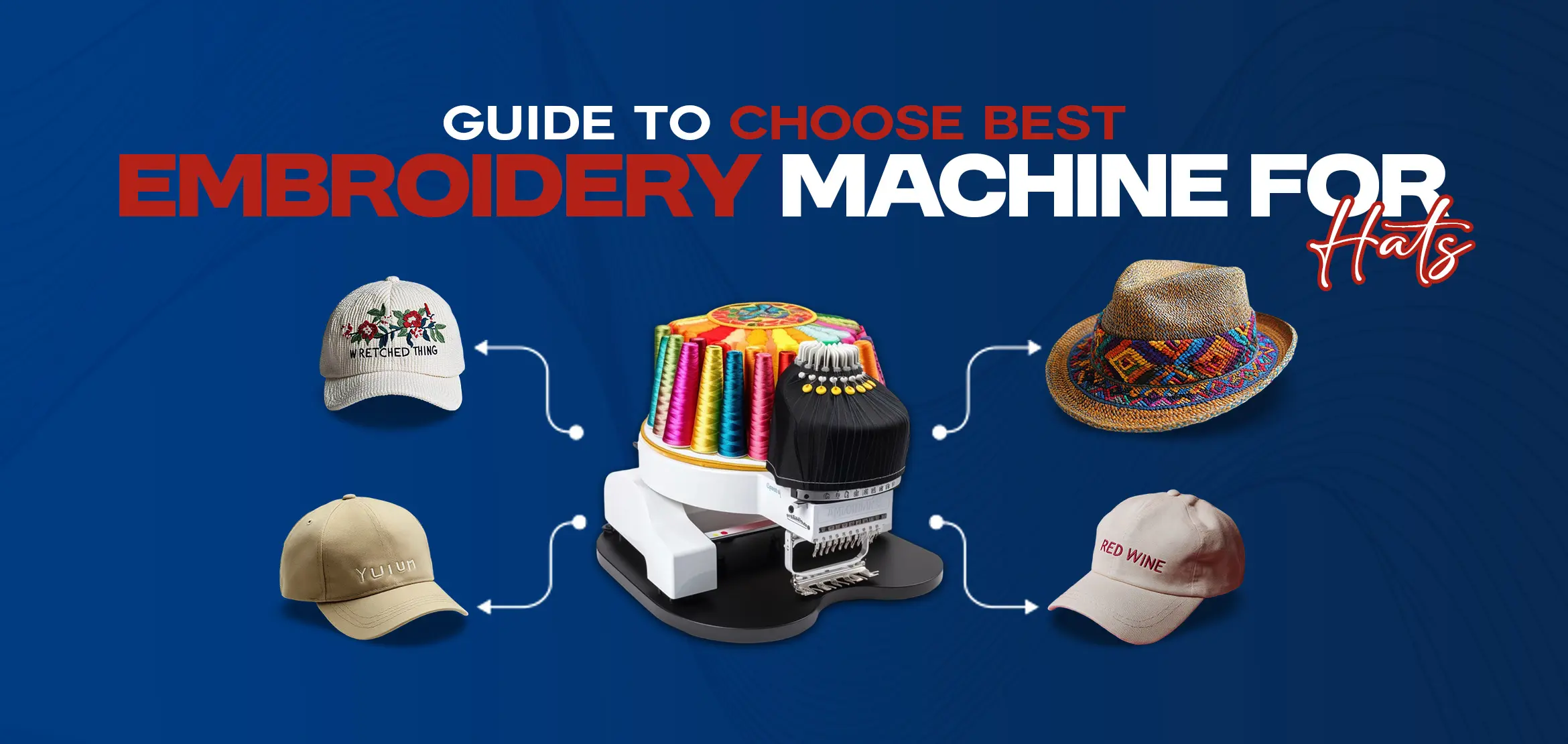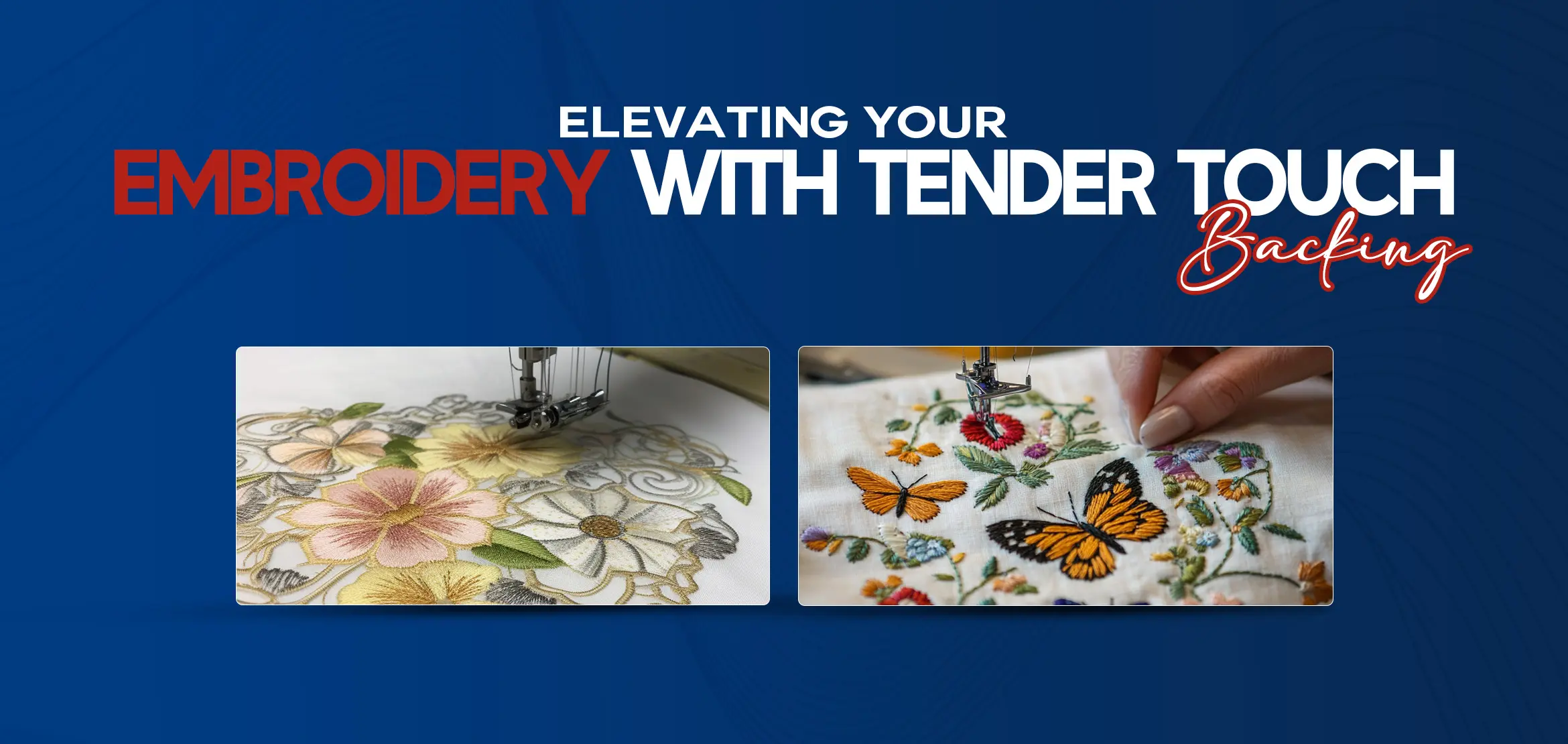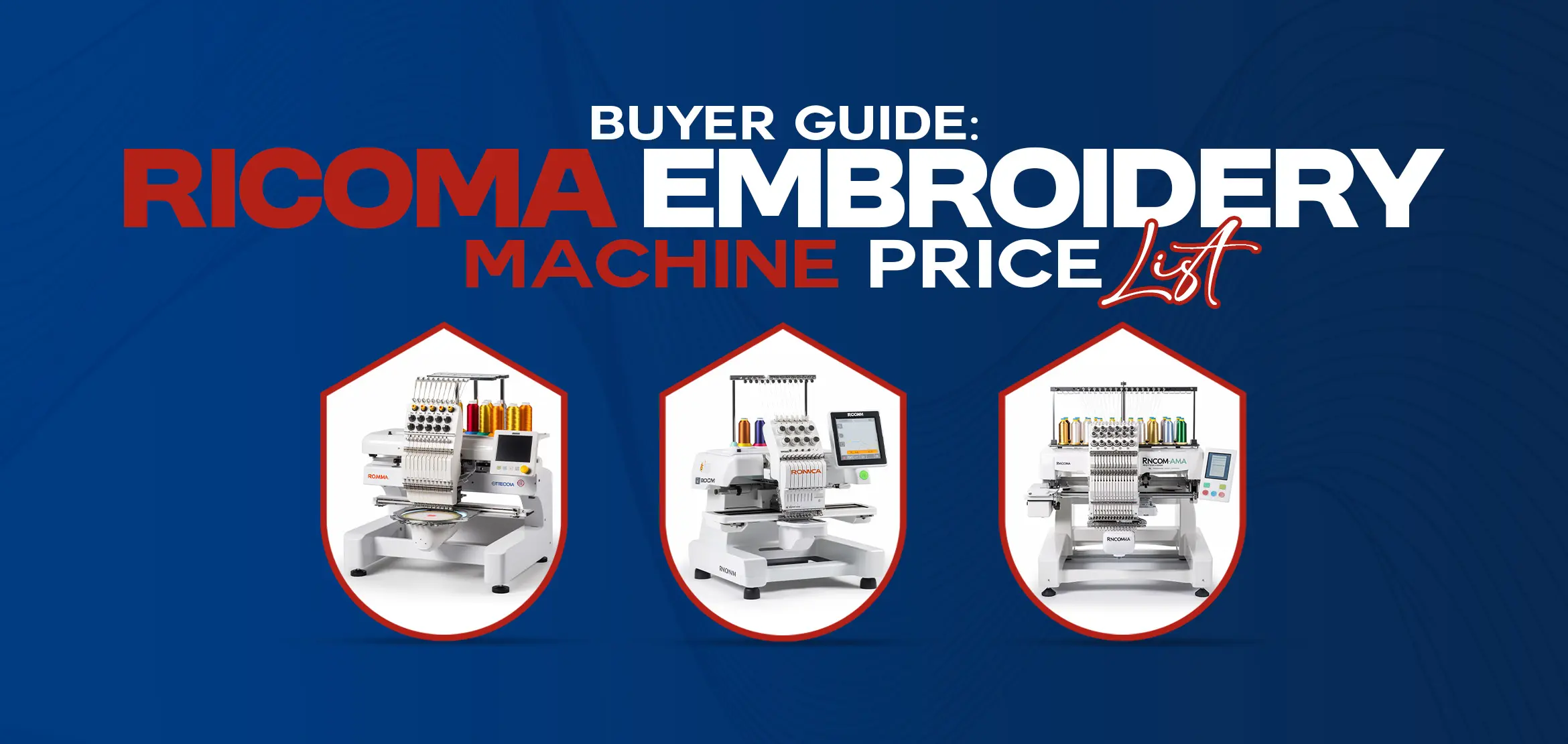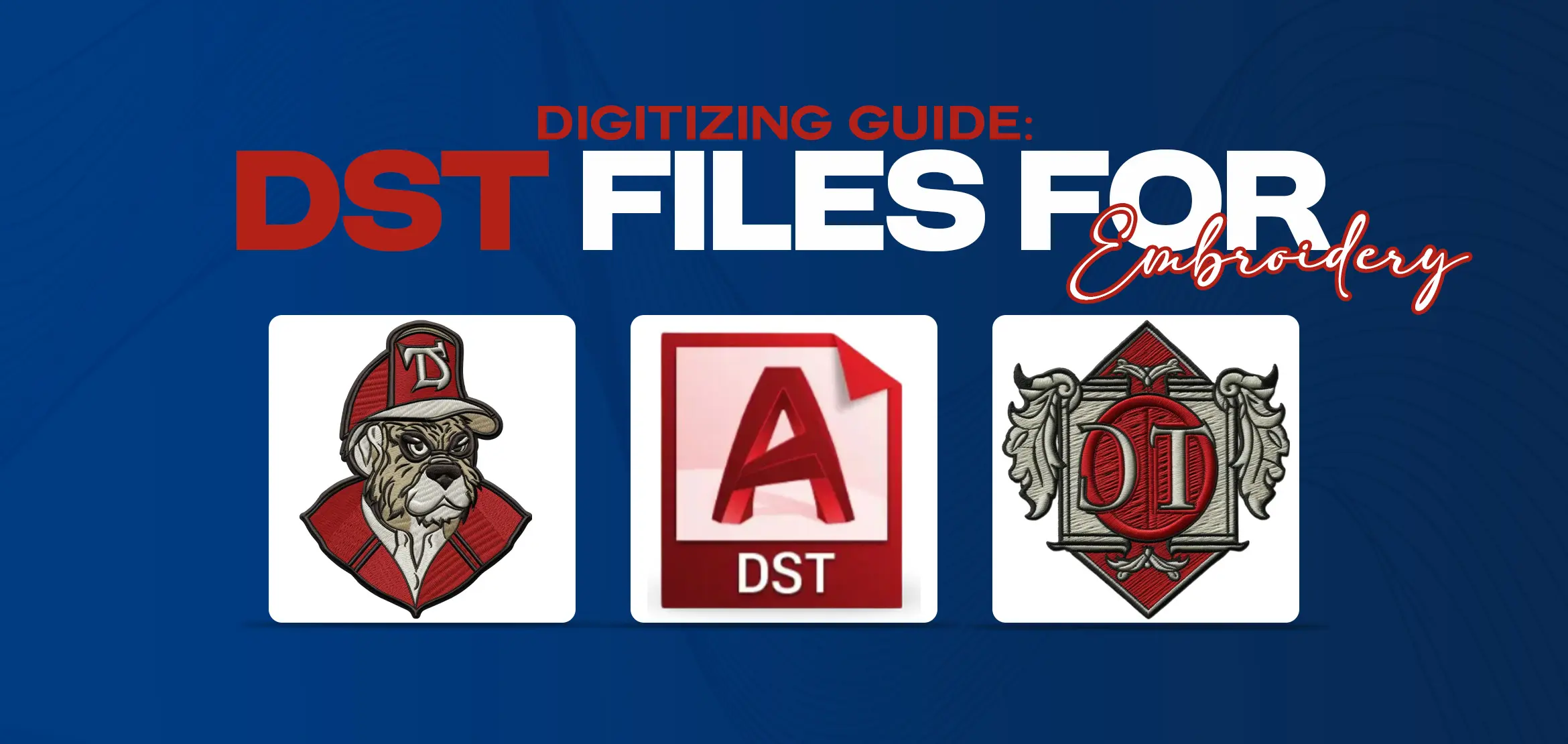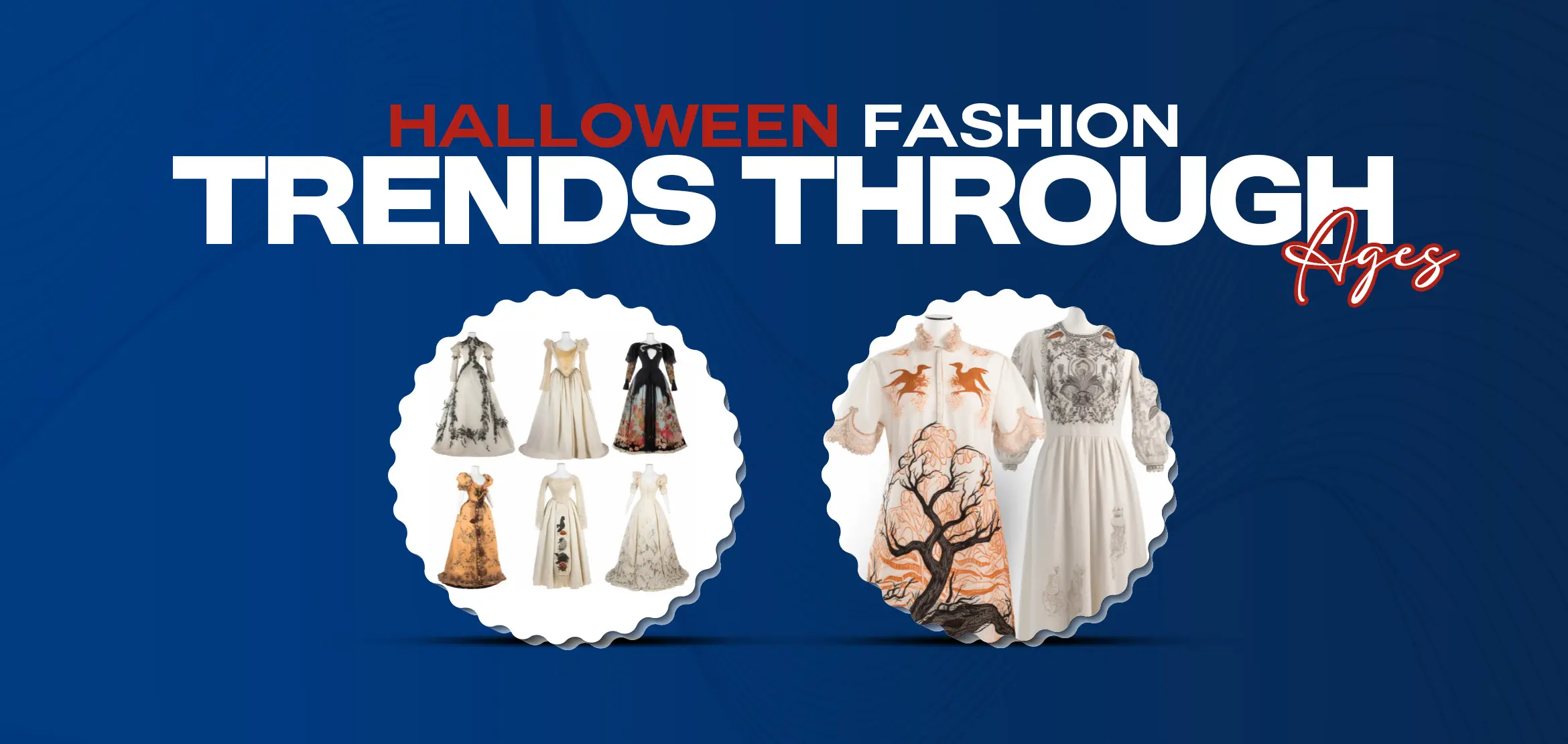
Used Embroidery Machine for Sale - Buyer's Guide
If you're in the market for an embroidery machine but don't want to spend a lot of money, considering a used embroidery machine can be a great option. Used embroidery machines are a more budget-friendly alternative, allowing you to find a high-quality machine at a lower price. Before purchasing a used embroidery machine, it's important to know a few key factors to make sure you find the right machine for your needs. In this buyer's guide, we'll explore various aspects of used embroidery machines. Including the types available, what to look for when buying, and tips for machine maintenance. Whether you're a novice who wants to give embroidery a try or an experienced expert who needs a new machine. This guide will provide you with the information you need to make an informed decision when purchasing a used embroidery machine.
Table Of Content
- Types of Used Embroidery Machines
- 1. Single Needle Machines
- 2. Multi-Needle Machines
- 3. Commercial Embroidery Machines
- Features to Consider When Buying a Used Embroidery Machine
- 1. Price Range and Previous Owner
- 2. USB Port and LCD Screen
- 3. Hoop Sizes and Decorative Stitches
- 4. Presser Feet and Needle Threader
- Conclusion
- FAQs (Frequently Asked Questions)
Benefits of Buying Used Embroidery Machine
Buying a used embroidery machine is cost-effective and provides access to proven features. It also allows buyers to learn from previous owners’ experiences, get maintenance tips, and benefit from built-in features like automatic thread tension, thread trimming, and onscreen editing, which improve efficiency and creativity.
Types of Used Embroidery Machines
When shopping for a used embroidery machine, it's important to be aware of the different types available in the market. Knowing the types of used embroidery machines can help you make a more informed decision and find the perfect machine that suits your needs. There are generally three main types of used embroidery machines: single needle machines, multi-needle machines and commercial embroidery machines.
1. Single Needle Machines
.webp)
Single needle machines are beginner-friendly due to their simplicity and adjustable settings. They often include built-in designs, LCD screens, and useful features like USB ports for design import. The Brother PE800 is a top choice for beginners due to its ease of use and large embroidery area.
2. Multi-Needle Machines
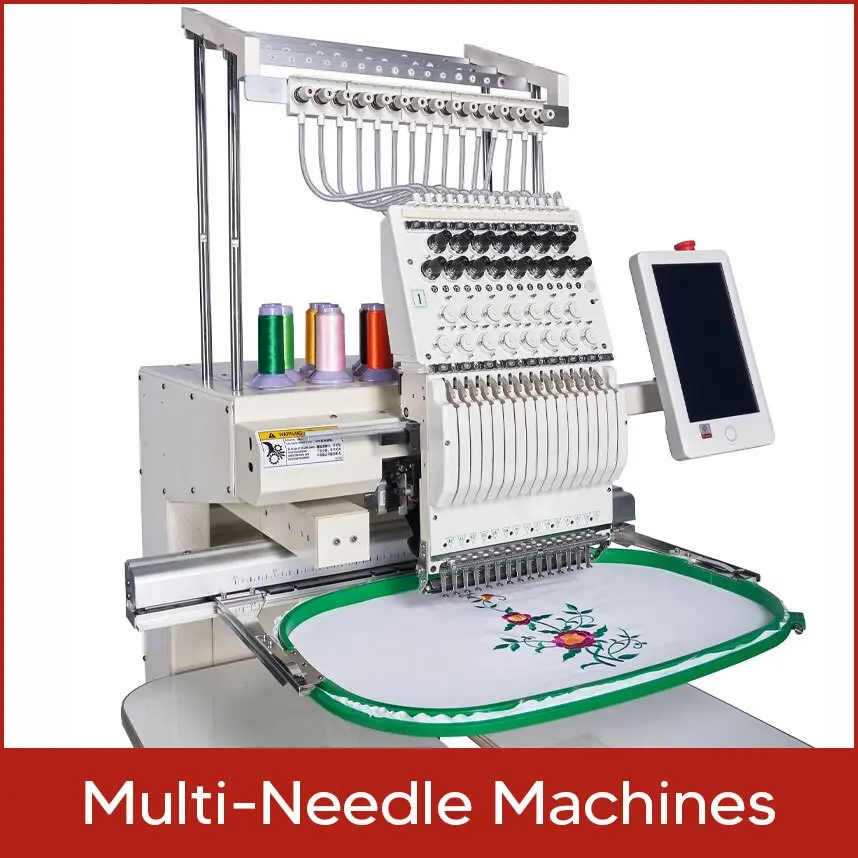
Multi-needle machines support multiple thread colors at once, making them ideal for complex and colorful designs. They save time with less thread changing and offer higher efficiency for large or detailed projects, enhancing productivity and design variety.
3. Commercial Embroidery Machines
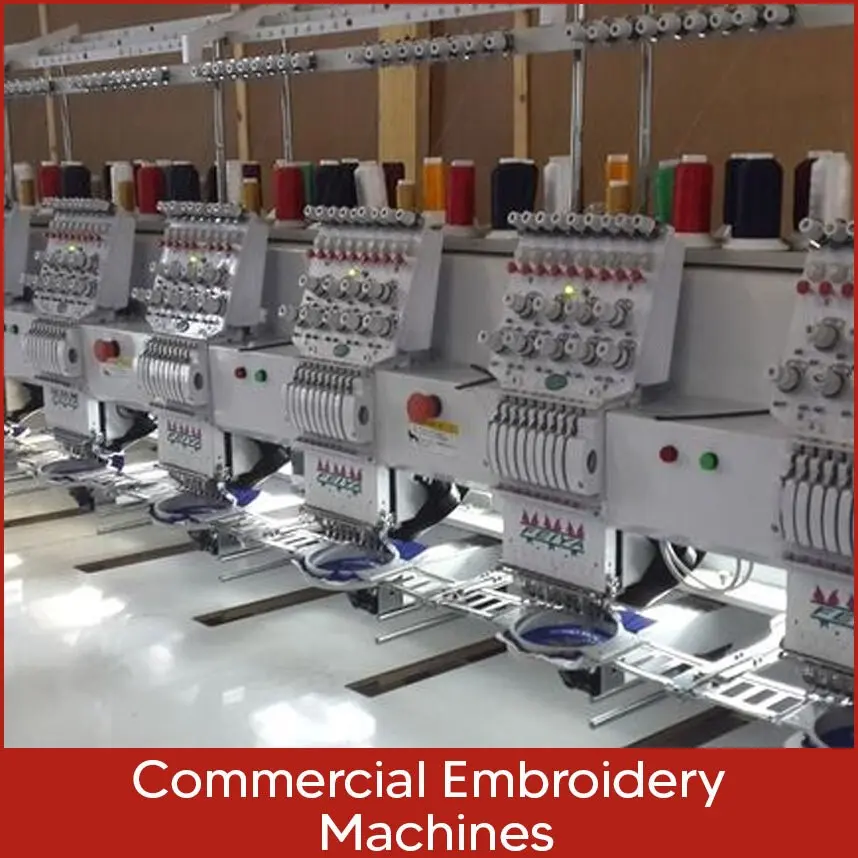
Commercial embroidery machines are suited for high-demand work. Options include single-needle, multi-needle, and combination machines. Buyers should select based on their project types, design complexity, and budget for the best commercial results.
Features to Consider When Buying a Used Embroidery Machine
When it comes to buying a used embroidery machine, there are several important features to consider. This buyer's guide will help you navigate through the process and make an informed decision. From the previous owner to the hoop sizes and embroidery designs, we'll cover all the essential factors to keep in mind when looking for a used embroidery machine for sale.
Whether you're a beginner or an experienced embroiderer. These features will play a significant role in determining the perfect machine for your needs. So, let's dive in and explore the key considerations when purchasing a used embroidery machine.
1. Price Range and Previous Owner
Evaluate the machine’s price based on brand, condition, and included features. Knowing the previous owner's usage and maintenance history is crucial for assessing reliability and any upgrades that may enhance the machine’s value.
2. USB Port and LCD Screen
A USB port enables easy design transfer, while a good-quality LCD screen improves usability by allowing quick previews and adjustments. These features are essential for flexibility and precision in embroidery work.
3. Hoop Sizes and Decorative Stitches
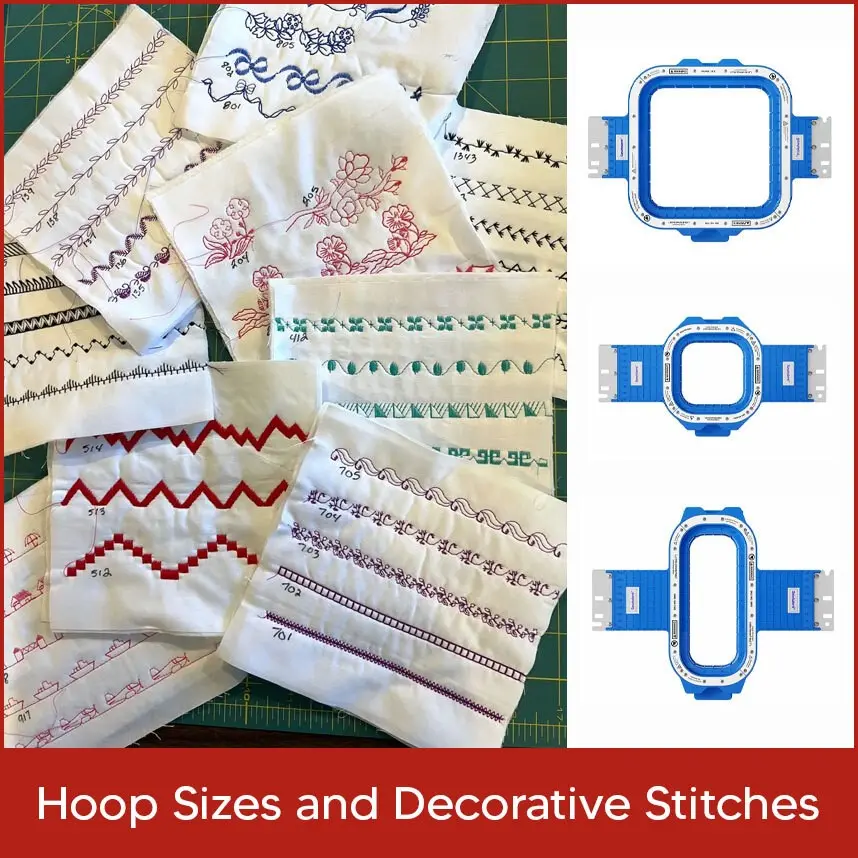
Check for a variety of hoop sizes to support different design scales. Larger hoops suit bigger projects, while smaller ones work for complex designs. Also, consider decorative stitches, which add creative detail and variation to your embroidery.
4. Presser Feet and Needle Threader
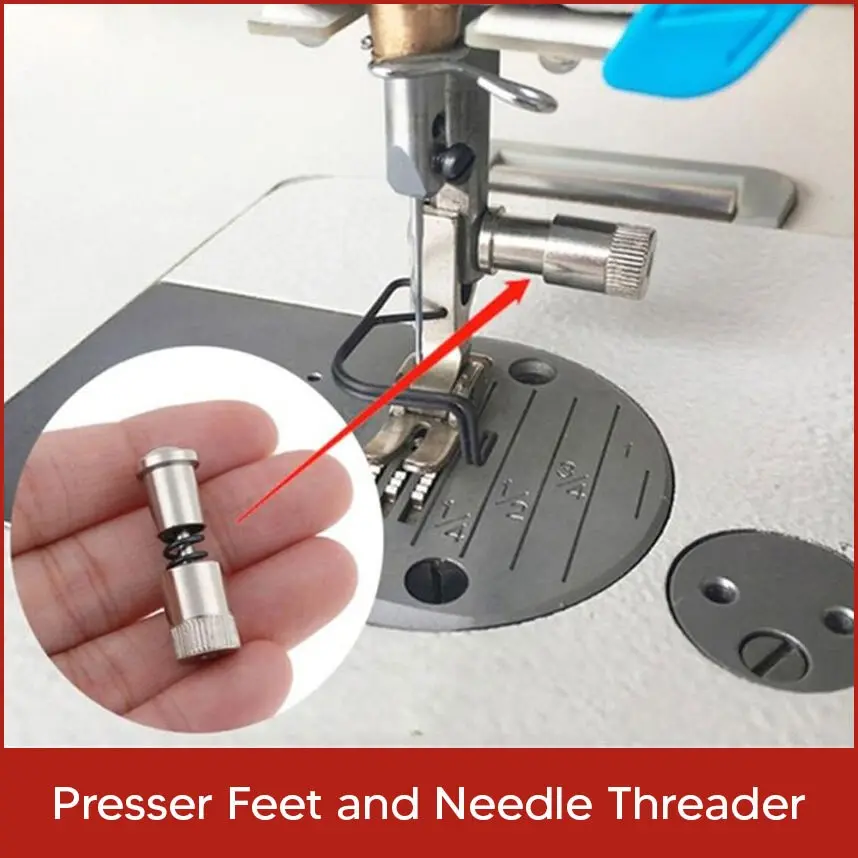
Having multiple presser feet allows for versatile stitching techniques. Look for feet like zigzag, buttonhole, embroidery, and zipper. A built-in needle threader is also valuable, making setup faster and easier, especially for those with vision or dexterity challenges.
Conclusion
In conclusion, if you're on the lookout for an embroidery machine but want to stay within a budget, exploring the world of used embroidery machines is a smart choice. This buyer's guide has covered essential aspects, including the types of used machines available. Factors to consider when making your purchase, and the importance of researching the right brand and model.
Ready to take the next step in your embroidery journey? Consider exploring professional embroidery digitizing services to transform your designs into stunning embroidered creations. With skilled digitizers at your side, you can bring your ideas to life with precision and quality. Don't miss this opportunity, contact us today to elevate your embroidery projects to the next level.
FAQs (Frequently Asked Questions)
Q1. What are the benefits of buying a used embroidery machine?
Buying a used embroidery machine allows for a better understanding of its fair market value, which can be helpful in price negotiations with sellers. Additionally, you can tap into the knowledge and experience of previous owners for tips and ongoing support.
Q2. What are the main types of used embroidery machines?
There are generally three main types of used embroidery machines: single needle machines, multi-needle machines, and combination sewing and embroidery machines.
Q3. Why are single needle embroidery machines suitable for beginners?
Single needle machines are known for their simplicity and ease of use, making them perfect for beginners. They also offer adjustable features for speed, tension, and built-in designs, along with an LCD screen for quick adjustments.
Q4. How can the presence of a USB port and LCD screen enhance a used embroidery machine?
A USB port allows for easy design transfer, and the LCD screen provides visual guidance for adjusting settings and making modifications, enhancing the machine's versatility and ease of use.
Q5. What factors should be considered when researching the brand and model?
It is important to opt for a well-known and reliable brand and research the specific model for its performance, ease of use, and features like hoop sizes and the ability to import designs via a USB port.
